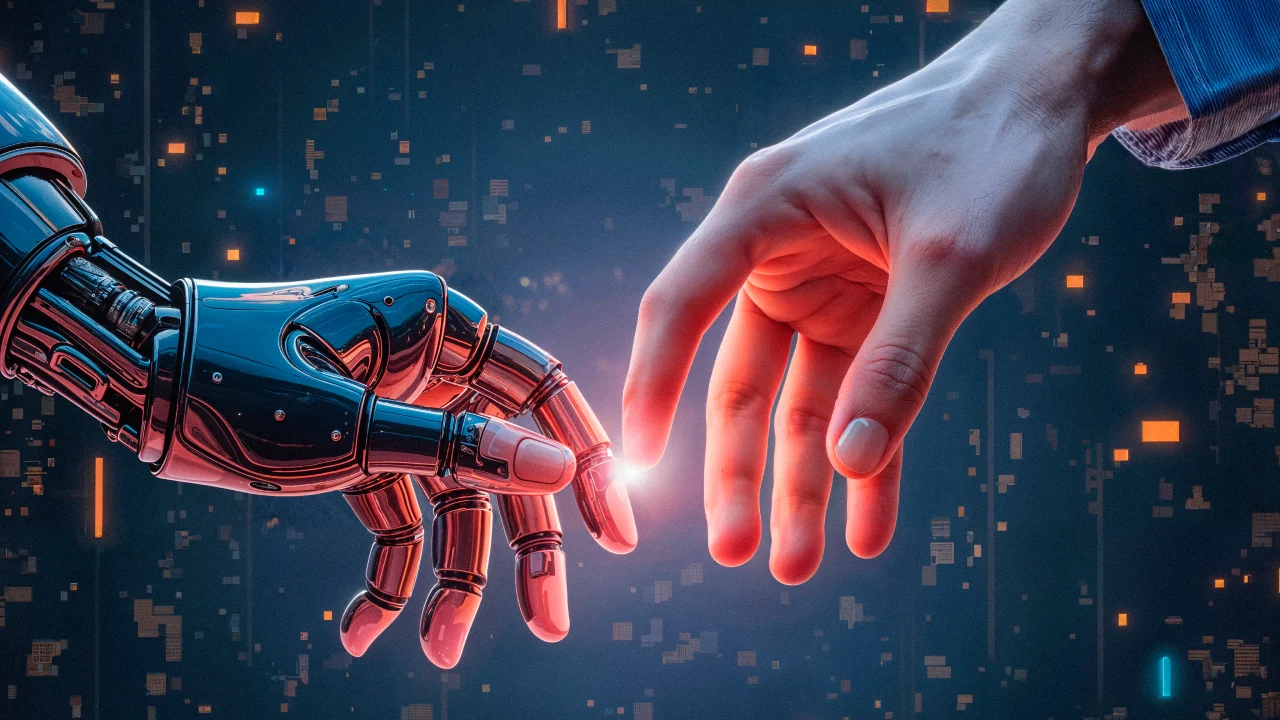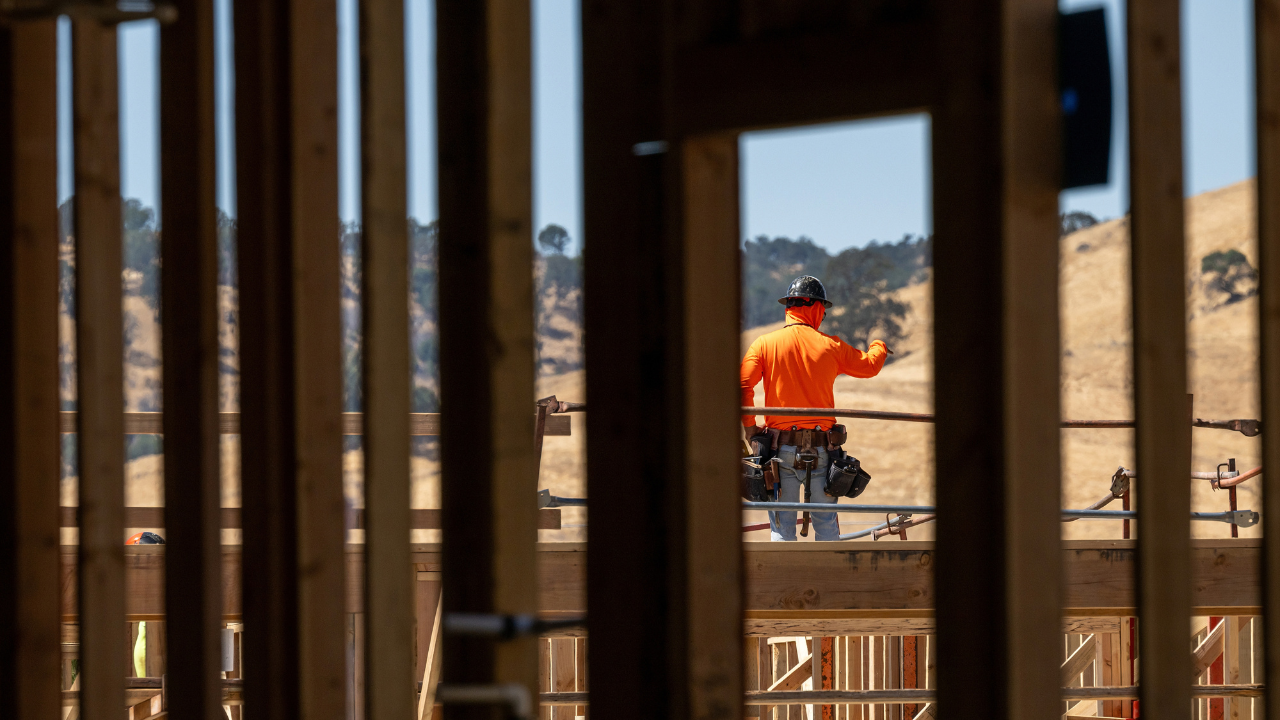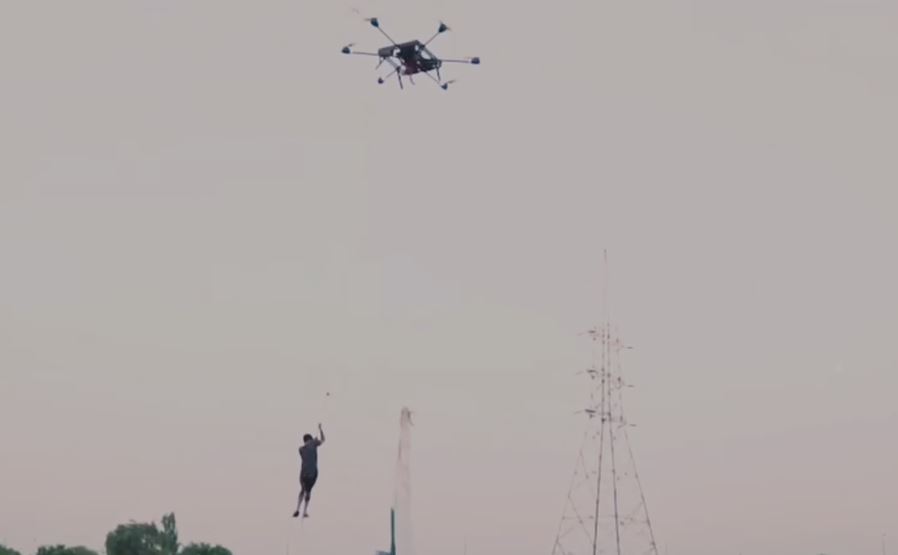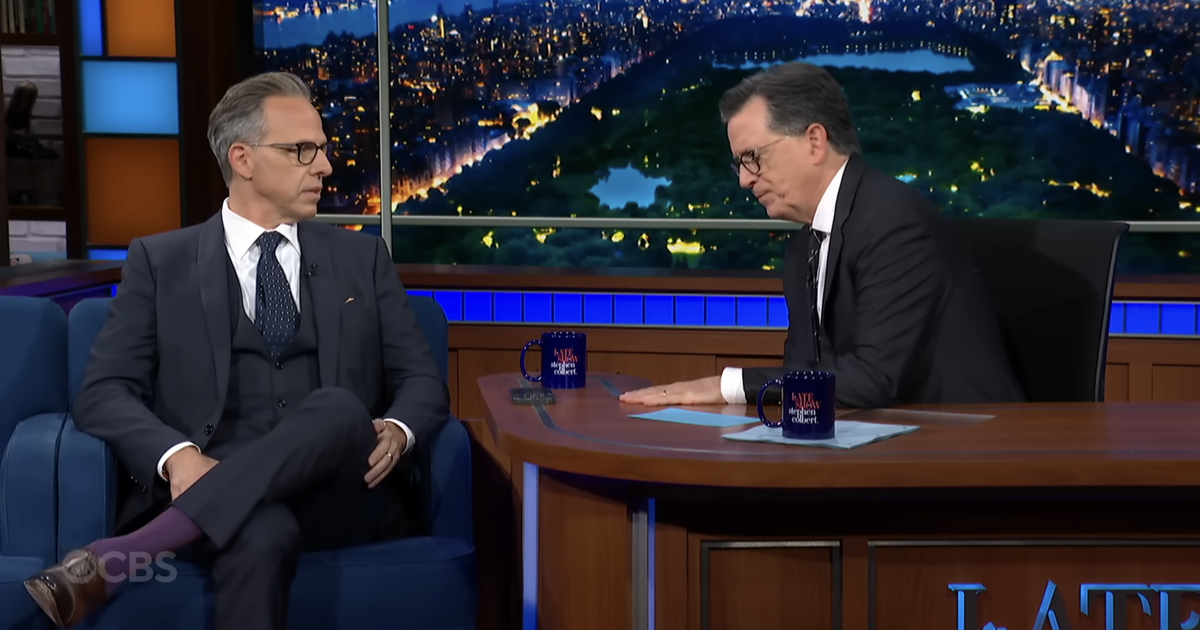By Vinayak Milan Pradhan
Copyright techgenyz

AI in Human Rights Monitoring enables faster conflict tracking and evidence verification.Empowers justice with real-time alerts, predictive tools, and life-saving insights.Strengthens investigations by authenticating digital records for global justice.
In conflict zones, where combat is overwhelming, news is either unavailable or intentionally concealed. Due to this, Artificial Intelligence has made an appearance as a vital partner for investigators, human rights organizations, and activists, who make use of modern technologies to forecast areas where combat is likely to erupt.
They enable organizations to sift through vast quantities of information in an instant compared to what it would take for humans on their own, validate evidence with more certainty, and even, in certain instances, issue life-saving alerts to civilians ahead of time.
But with this potential comes a whole new range of issues. Issues regarding accuracy, bias, ethics, and the potential for abuse are as urgent as the positives offered by AI. Appreciating both sides of the equation is of grave importance in understanding the role of AI in defending human rights today.
Violations Identified with Technology
Perhaps the most influential application of AI in human rights is through analyzing satellite and aerial photography. Zones of conflict are far too hazardous for reporters, relief workers, or even independent observers. Satellites, on the other hand, can record a continuous stream of photographs from overhead. AI platforms that are taught to detect change on the ground can pinpoint ruined neighbourhoods, mass graves, or the movement of military convoys. What took countless hours of human examination to accomplish can now be undertaken at scale, delivering near real-time analysis of what is occurring on the ground.
It is not “hypothetical,” it is already here. In Ukraine, deep learning models have been used to track tank movement, verify bombing locations, and estimate the extent of devastation in cities. For organizations cataloguing war crimes, that evidence is irreplaceable.
In addition to images, AI is also playing a crucial role in deciphering waves of digital information that is created on a daily basis. Social media messages, mobile phone footage, and voice recordings usually contain the evidence that reveals when and where abuses take place. Natural language processing technology is capable of searching through millions of postings in dozens of languages and pulling out any relevant information, while computer vision technology can scan video footage for signs of specific weapons or military units.
Some investigative teams even employ AI to reconstruct three-dimensional models of bombed structures by synchronizing various video angles and producing a detailed timeline of an attack. These practices have become core to contemporary human rights investigations.
The most dramatic expression of AI at work is perhaps the application of early warning systems. In Syria, a platform known as “Sentry” is being hailed for saving countless lives. Sentry makes use of acoustic sensors, reports from humans, and AI processing in order to detect incoming airstrikes and warn civilians just in time using sirens and mobile alerts. These alerts provide individuals just enough time to seek cover. In this instance, AI goes beyond recording atrocities; it takes steps to protect individuals in real time.
Researchers are also testing predictive models that take a step further. Using data taken from historical conflicts, in conjunction with social, economic, and environmental factors, AI can accurately identify regions that will be most vulnerable to violence. Such predictions, although still in the experimental stages, may provide humanitarian agencies with an opportunity to prepare ahead of time.
The Benefits of AI for Human Rights
Speed is the most apparent benefit of AI. During battles, even mere seconds are precious. Evidence can vanish in the blink of an eye, buildings crumble, social media posts get deleted, or digital footprints are consciously eliminated. AI can review hundreds, if not millions, of posts and photographs on the internet in a matter of hours, uncovering leads that would otherwise take humans months to discover.
But pace is only half the story. AI also adds weight to the authenticity of investigations. Individual images or videos will seldom stand alone as proof of violation, but when an AI discovers repeated patterns in multiple sources, the case then becomes much stronger. This frees up human investigators to concentrate on the best leads, blending AI-driven insights with field interviews, witness statements, and old-fashioned research to create a nuanced picture of what actually took place.
AI also assists in keeping evidence in a form that is accessible to courts. With proper documentation, digital records created by AI, such as satellite imagery or multimedia analysis, can become viable, time-stamped evidence for use in trials or tribunals. Since courts require a visible chain of custody, AI is becoming more and more involved in the process, making evidence verifiable and legally sound.
Risks Involving AI
Despite all the potential, AI is not perfect. Analytical mistakes can have costly repercussions. A mistaken shadow on a satellite photo might be a cemetery where it was not, or a routine building might be identified as a potential military target. These are risks that threaten to mislead ongoing investigations and potentially taint the reputations of human rights groups. That is why human touch is essential: AI may point out the possibilities, but humans need to make the final decision.
The threat of abuse is also extremely concerning. The same technologies employed to safeguard civilians can be perverted into mechanisms of oppression. Authorities might take advantage of AI systems that scrutinize communications or social media platforms in order to track, monitor, or even muzzle their citizens. This poses pressing questions regarding who must have access to AI tools and on what terms.
Bias is another recurring issue. AI relies on the data it is trained with, and that data is typically unbalanced. Areas that receive more international attention tend to produce more satellite imagery and social media reporting, whereas ignored areas risk being overlooked. The end result is blind spots where abuses are likely to occur without being documented, simply because fewer streams of data exist.
Legal and ethical matters pose another dimension of complexity. Obtaining and mining individuals’ posts, videos, or messages without authorization is a severe infringement on privacy. Civil society organizations have cautioned that measures to safeguard human rights should not be at the cost of trampling on them. Crafting transparent ethical standards is thus essential.
Governance and Responsible Use
To make the most of AI while minimizing its risks, a set of guiding principles needs to be set in stone. Above all, human oversight is non-negotiable. Automated systems must be utilized in order to assist investigators, not replace them. Transparency is also essential. Organizations using AI should be upfront about their methods, including error rates and data sources, so that their findings can be fairly evaluated.
Good record-keeping is another foundation. Keeping metadata intact, recording how data was gathered, and secure storage ensure that evidence will be credible, especially in court. Meanwhile, privacy must be protected by keeping sensitive information anonymous and preventing unnecessary exposure of vulnerable communities.
One of the essential principles is inclusivity. Who gets to decide how and when AI is deployed in war zones should not be technologists or governments alone. Human rights lawyers, civil society actors, and those in the community who are affected need to be involved. Only by engaging with those who are directly impacted can AI be deployed responsibly and ethically.



